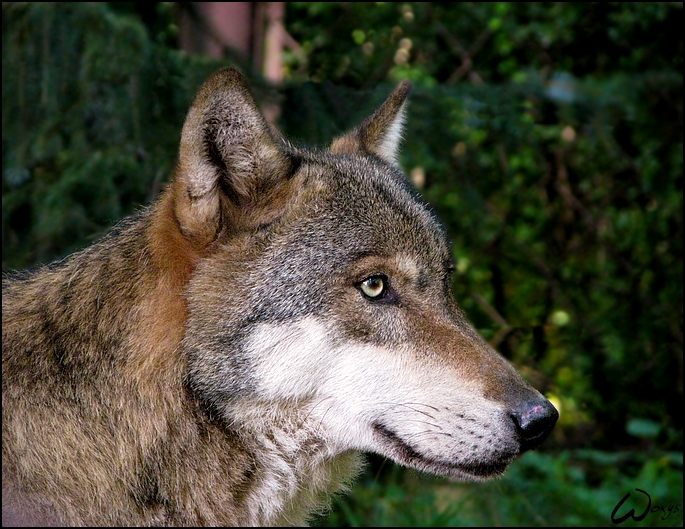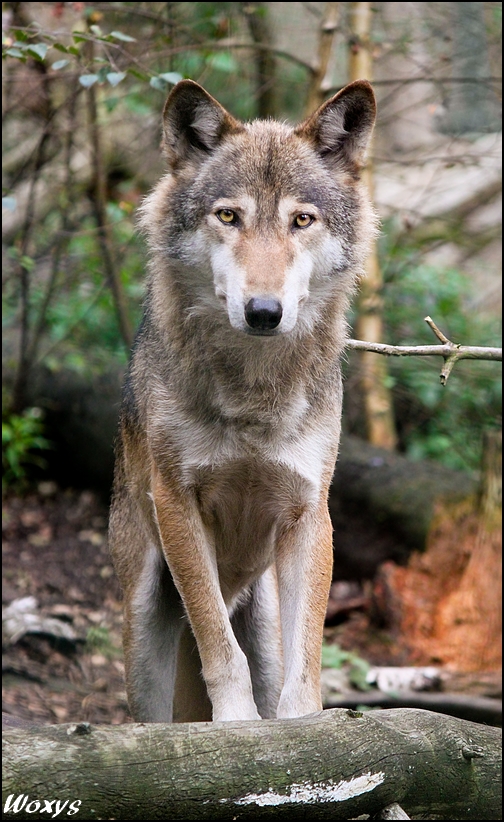The Eurasian wolf (Canis lupus lupus), also known as the European, common, or forest wolf, is a subspecies of gray wolf which has the largest range among wolf subspecies and is the most common in Europe and Asia, ranging through Mongolia, China, Russia, Scandinavia, Western Europe, Caucasus, the Himalayan Mountains and Balkans. Compared to their North American cousins, Eurasian wolves tend to have longer, more highly placed ears, narrower heads, more slender loins and coarser, tawnier coloured fur. Compared to Indian wolves, Eurasian wolves are larger, and have longer, broader skulls. In Europe, wolves rarely form large packs like in North America, as their lives are more strongly influenced by human activities. Because of this, Eurasian wolves tend to be more adaptable than North American wolves in the face of human expansion. (source: Wikipedia)
Wolf Pages
▼
Friday, December 6, 2013
Images of the Day
The Eurasian wolf (Canis lupus lupus), also known as the European, common, or forest wolf, is a subspecies of gray wolf which has the largest range among wolf subspecies and is the most common in Europe and Asia, ranging through Mongolia, China, Russia, Scandinavia, Western Europe, Caucasus, the Himalayan Mountains and Balkans. Compared to their North American cousins, Eurasian wolves tend to have longer, more highly placed ears, narrower heads, more slender loins and coarser, tawnier coloured fur. Compared to Indian wolves, Eurasian wolves are larger, and have longer, broader skulls. In Europe, wolves rarely form large packs like in North America, as their lives are more strongly influenced by human activities. Because of this, Eurasian wolves tend to be more adaptable than North American wolves in the face of human expansion. (source: Wikipedia)




No comments:
Post a Comment